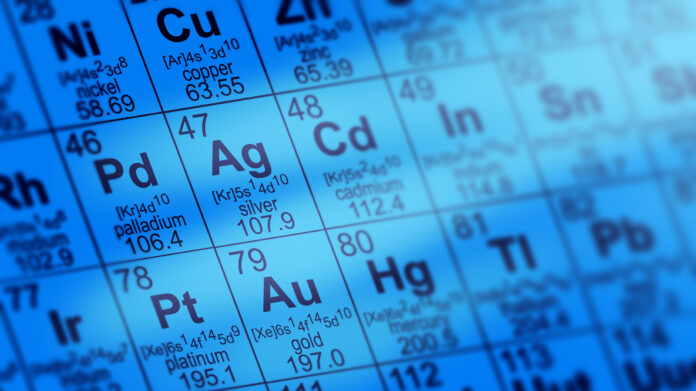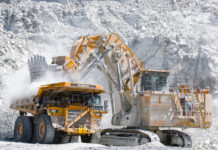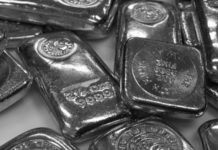
SPEAKING at the London Indaba conference this month, Anglo American’s senior economist Paul Gait demonstrated a divergence between the investment market’s stated views about mining compared to its revealed or ‘real’ attitudes.
Wealth, he argued, has long been described by the accumulation of commodities in the world’s physical capital stock. Few would argue with that. Be it the criticality of a mobile phone or the more questionable virtues of an air-fryer, mining is central to modern life.
The supply of minerals by mining firms is also the “limiting factor” on goods, says Gait. Despite this, no sector ranks lower in terms of valuation (see graph). Even sectors with questionable morals of their own, such as the tobacco, alcohol, and gaming industries rate higher.
A consequence of these low valuations is a higher cost of capital relative to other sectors of the global economy such as industries with supply the digital economy. “This is a travesty,” says Gait. “Mining should be the most highly valued segment in society. But we prefer amusing cat videos.”
In terms of United Nations’ Sustainability Goals, consumption of commodities will have to improve radically in order to remove global poverty. The per capita lifetime consumption of commodities in a wealthy society equates to about 15 tons of steel and 250 kilograms of copper. Compare this to the global average, however where the average person consumes only four tons of steel and 61 kilograms of copper.
For the global good there has to be an increase in supply of minerals even before meeting the goals of the Paris Agreement on climate control. Added together – poverty alleviation and decarbonisation – there’s a pretty strong case for the continued strength of mineral demand.
The picture is different with mineral supply, however.
Low valuations and a higher cost of capital for mining firms will inevitably incentivise higher market prices for commodities. Somehow, the World Bank appears to under-appreciate the extent of this, according to Gait.
In 2002, it forecast a 20-year copper price of $2,814/t – way below the actual price of $8,822/t. There was a similar misapprehension for the gold price, and for iron ore. A corresponding magnitude of error of current forecasting would put the 20-year copper price at $22,000/t, gold at $6,000 per ounce and iron ore at $300/t compared to $121/t today.
In order to balance supply with demand one of two things can happen – if not both: either prices for commodities have to increase or mining valuations have to improve in order to finance new projects the world needs. “If I’m only half-right that represents and enormous value accretion for anyone who wants to invest today,” Gait says.









